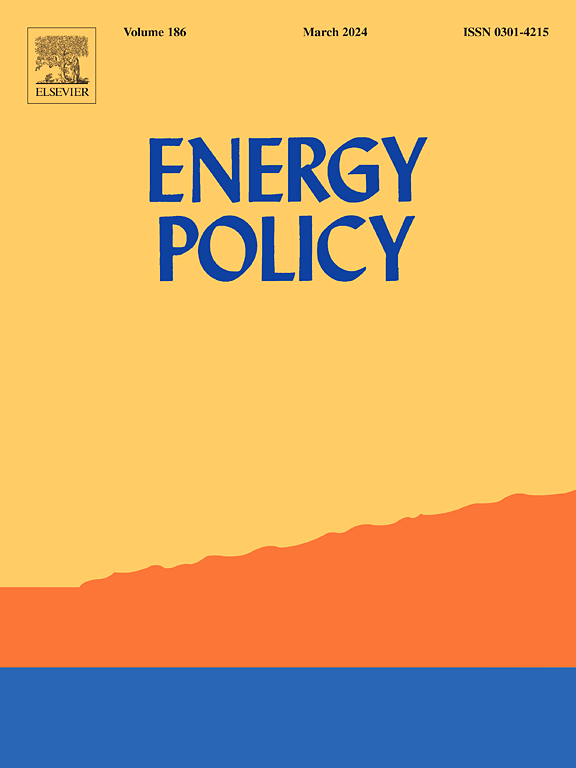Competition and climate policy in the steel transition: Comparing costs and subsidies in the US and the EU
IF 9.3
2区 经济学
Q1 ECONOMICS
引用次数: 0
Abstract
The nexus of climate policy and “competitiveness”—how to transition to clean energy while ensuring a competitive economy—is a concern on both sides of the Atlantic. In the United States and the European Union, there has been an attempt to resolve the issue by turning towards green industrial policy and subsidies for low-carbon production, sparking a debate on the merits and risks of a ‘subsidy race’. In this paper, we conduct a transparent and quantified study of how subsidies affect the cost of low-carbon steelmaking as a case of industrial policy in a low-carbon transition. We first map subsidy intervention points across the steel supply chain in the US and the EU, showing how subsidies can cumulate over several segments. Afterwards, we use a bottom-up techno-economic model to quantify and compare subsidies with cost components including raw materials, energy, and labour costs in four hypothetical cases in Ohio, West Virginia, Germany, and Spain. We discuss the subsidy regimes and conclude that there is a dilemma between an equal policy playing field and rapid action on climate change.
求助全文
约1分钟内获得全文
求助全文
来源期刊

Energy Policy
管理科学-环境科学
CiteScore
17.30
自引率
5.60%
发文量
540
审稿时长
7.9 months
期刊介绍:
Energy policy is the manner in which a given entity (often governmental) has decided to address issues of energy development including energy conversion, distribution and use as well as reduction of greenhouse gas emissions in order to contribute to climate change mitigation. The attributes of energy policy may include legislation, international treaties, incentives to investment, guidelines for energy conservation, taxation and other public policy techniques.
Energy policy is closely related to climate change policy because totalled worldwide the energy sector emits more greenhouse gas than other sectors.
 求助内容:
求助内容: 应助结果提醒方式:
应助结果提醒方式:


